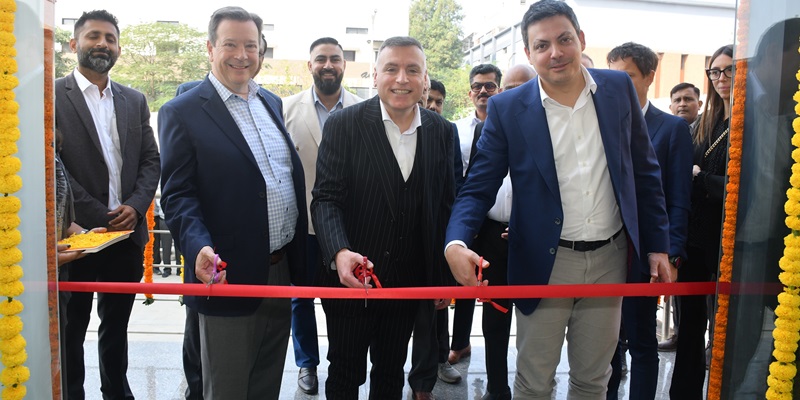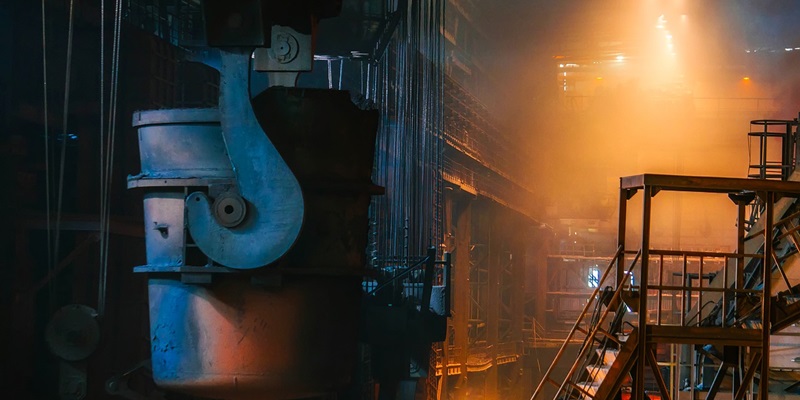Schedule a Call Back
Indian Steel Industry: Growth Opportunities Galore
 Technical Articles
Technical Articles- Jun 30,11
The steel industry is projected to capture double digit growth
Steel has established itself as the backbone of any economy. The pace of social and economic growth has been closely linked to the proficiency with which people have been able to use and shape various materials. Per capita steel consumption is now universally accepted as an index of economic development of a nation.

In India, the steel industry plays a significant role in economic growth, with major contribution to traditional sectors, such as infrastructure and construction, automobile, transportation, industrial applications, etc. Moreover, stainless steel is finding innovative applications due to its corrosion resistive property.
India is the world's fourth-largest producer of iron ore after China, Australia and Brazil. It has about 25 billion tonnes of good quality iron ore reserves, the sixth-highest in the world. Although lower than Brazil and Australia, this is considered abundant and is one of the key advantages of India's domestic steel industry.
India is the fifth largest producer of steel in the world with a production of 69.58 million tonnes in 2010-11 as against 64.88 million tonnes in 2009-10, registering an increase of 5.67%. India's finished steel consumption stood at 65.61 million tonnes, growth of 10.6% over last year.
However, though India has the fourth-largest proven coal reserves in the world, they are of low quality and coking coal makes up only 17% of the total reserves. In FY10, India imported 23 million tonnes of coking coal to meet its total requirement of around 40 million tonnes, 34% of total coal imports.

The demand for coking coal will only increase as new steel capacity comes online, with India's coking coal requirement expected to reach 90 million tonnes by FY2020.
Looking forward, one expects access to coking coal to have a huge impact on the margins of steel manufacturers. This will be less of an issue for integrated steel players (ISPs), which operate captive coke capacities, producing around 40% of total coke in India annually.
India is expected to show robust growth in steel use in the coming years due to its strong domestic economy, massive infrastructure needs and expansion of industrial production. This growth is mainly driven by construction and automobile industries.
The country has acquired a central position on the global steel map with its giant steel mills, acquisition of global scale capacities by a few players, continuous modernisation and upgradation of old plants, improving energy efficiency, and backward integration into global raw material sources.
Global steel giants from across the world have shown interest in the industry due to its phenomenal performance. For instance, crude steel production in India registered a year-on-year growth of 6.4% in 2010 and reached 66.8 million metric tonnes. Steel majors, domestic and overseas, are eyeing India as a natural destination to set up Greenfield projects. MoUs have been signed with various States for planned capacity of around 276 million tonnes.
Growth Drivers
In 2011, India's steel usage is forecast to grow by 13.3% while in 2012, the growth rate is forecast to accelerate further to 14.3%. And a new research report "Indian Steel Industry Outlook to 2012" says that the Indian crude steel production will grow at a CAGR of around 10% during 2010-2013.

Moreover, with the government's proactive incentive plans to boost economic growth by injecting funds in various industries such as construction, infrastructure, automobile, and power, the growth of the steel industry in future will receive a further boost. The report also reveals that India's low per capita steel consumption offers large scope for capacity expansion. There is renewed focus, on infrastructure building and consumption of steel is expected to rise due to increasing buying capacities. Between FY09 and FY10, infrastructure development increased the demand for long steel by 8.6%.
According to India's Planning Commission projections, total investment in the infrastructure sector in the Eleventh Five-Year Plan (2007-2012) will be around Rs 20.6 trillion (US$ 444.8 bn) and the Twelfth Five-Year Plan (2012-2017) forecasts investment of approximately Rs 45 trillion (US$ 971.7bn).
The sector, which grew by 27% in FY09 and 26% in 2009-2010, is likely to continue to enjoy double-digit growth as the launch of low-cost passenger cars expands the market. The machinery sector, which currently accounts for 11% of steel consumption, has the potential to significantly increase in tonnage and market share.
Ramping Up Capacities

In addition, domestic steel producers like SAIL, RINL, Tata Steel, JSW Steel, etc., are setting up new plants and increasing their existing capacities.
Essar Steel, present only in the flat steel space, hopes to go up the value chain, with its 10 million tonne (mt) expansion getting completed in 2012, which will make it the largest flat steel producer in a single location in the country. JSW Steel Limited reported a growth of 2% in Crude Steel production for May 2011 compared to that of corresponding month in the last fiscal year and expects a 48% increase in saleable steel sales to 9 million tonnes in FY12. The company expects to increase crude steel production by 36% to 8.75 million tonnes in FY12 and saleable steel sales by 48% to 9 million tonnes.
Rashtriya Ispat Nigam Ltd (RINL), the country's largest long steel maker, is reportedly looking to expand its presence in the flat steel market. Of this said up to 7.3 million tonne (mt) capacity from the current 3.3 mt, would be for long steel. "However, in the 4 mt that we plan to add after the 7.3-mt expansion, we will focus on flat steel," the CMD of RINL confirmed in a recent interview.
RINL is already in talks with Bharat Heavy Electricals Ltd (BHEL) and Steel Authority of India Ltd (SAIL) for joint ventures (JVs) to cater to the country's flat steel demand. It is also in talks with banks to raise Rs 22,500 crore to fund the expansion.
Tata Steel is also setting up a 6-mtpa plant in Orissa to make flat products. Already a leader in auto grade steel supply in India, it is setting up another plant with Nippon Steel to strengthen its position. Other steel makers in India have also begun adding capacities by acquisition of mines abroad, M&As, JVs, etc.
Conclusion
The Indian economy becoming increasingly sophisticated will lead to higher use of stainless steel in the making of railway wagons and coaches, in building and construction, automobiles and engineering and process industries. At this point, however, close to 75 per cent of India's stainless steel goes into the making of kitchenware. On the exports front, India's export of iron ore dropped to 100 million tonnes in 2010-11 as against 117.37 million tonnes in 2009-10, 105.87 mt in 2008-09, 104.27 mt in 2007-08.
Domestic demand for steel is anticipated to grow by around 12% in the next two years on the back of forecast strong GDP growth, with long steel in greater demand than flat steel, although both are set to increase.

The short-term demand forecast for both long and flat steel suggests growth of about 10-12% and 9-10%, respectively, over the next two years.
Domestic finished steel production in FY11 increased by 11.3% Y-o-Y to 62.7 million tonnes. Real steel consumption in FY11 grew by 10.6% Y-o-Y to 65.6 million tonnes. Imports in FY11 declined 7.9% Y-o-Y to 6.8 million tonnes.
Thus, going forward demand outlook remains favourable with the Indian steel industry projected to capture double digit growth.
| CII Panel for Consensus on 'Green Steel' |
|---|
| There is an immediate need for consensus building among stakeholders on key policy enablers for ensuring the growth of the steel industry and bringing about green steel making," said Mr C S Verma, Chairman of SAIL, and Chairman of the CII National Committee on Steel, while speaking at the CII National Committee meeting recently. He called upon industry to present itself in one voice and stressed the need to work closely with government on key aspects related to the growth of the steel sector. Highlighting the need for industry to work together on key areas like technology upgradation, environment, R&D, procurement of raw materials and other techno-economic parameters, Verma emphasised the need for Indian industry to embrace best-in-class technology and global best practices to remain globally competitive. He said that opportunities are abound in developing economies and it is time for Indian companies to take a more proactive approach by creating innovative solutions. Manufacturing industry as a whole contributes about 21% of the total green house emission of the world with the steel industry accounting for 15% of this. Thus in reality, the global steel industry accounts for about 3 to 4% of the total CO2 emissions globally. The Indian steel industry has to be geared up to make investments in this area. Indian steel is generating 1.5 to 2 times more GHGS than global standards, which has to be corrected. In this regard initiatives by the steel industry, like ULCOS (Ultra Low CO2 Steel Making) by World Steel Association (WSA), are being undertaken to reduce CO2 emission by as much as 50% through technologies like Carbon Capture and Storage (CCS). It has been a reasonably good year for the steel industry. In 2010, the global GDP growth (at PPP rates) was 4.9% after the contraction of 0.7% in the previous year. The GDP growth rate of 8.6% has helped and led to a steel consumption growth of 10.6% in FY11. Against an estimated global steel consumption growth of 13.2% in 2010, the WSA has forecast a growth of 5.9% and 6% for 2011 and 2012 respectively. While steel consumption in China is forecast at 5% in 2011 and 2012, in India it is expected to grow at 13.3% in 2011 and 14.3% in 2012. The high level CII National Committee is represented by all segments of steel and allied industries and regularly interacts with Government and industry on various issues pertaining to the growth of the Indian steel sector. The meeting was attended by industry leaders and heads of various industry associations and related stakeholders. |
Related Products
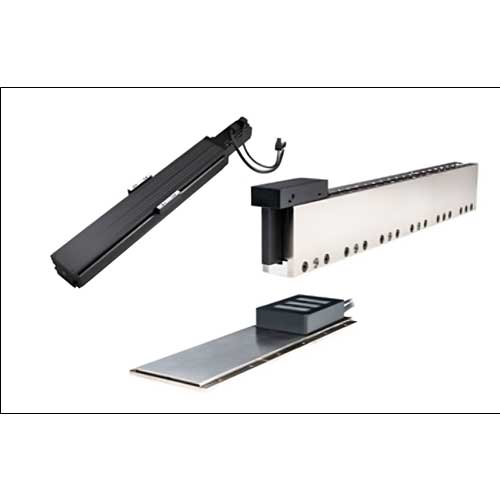
Linear Motion Solutions
Delta Electronics India Private Limited offers a wide range of linear motion solutions
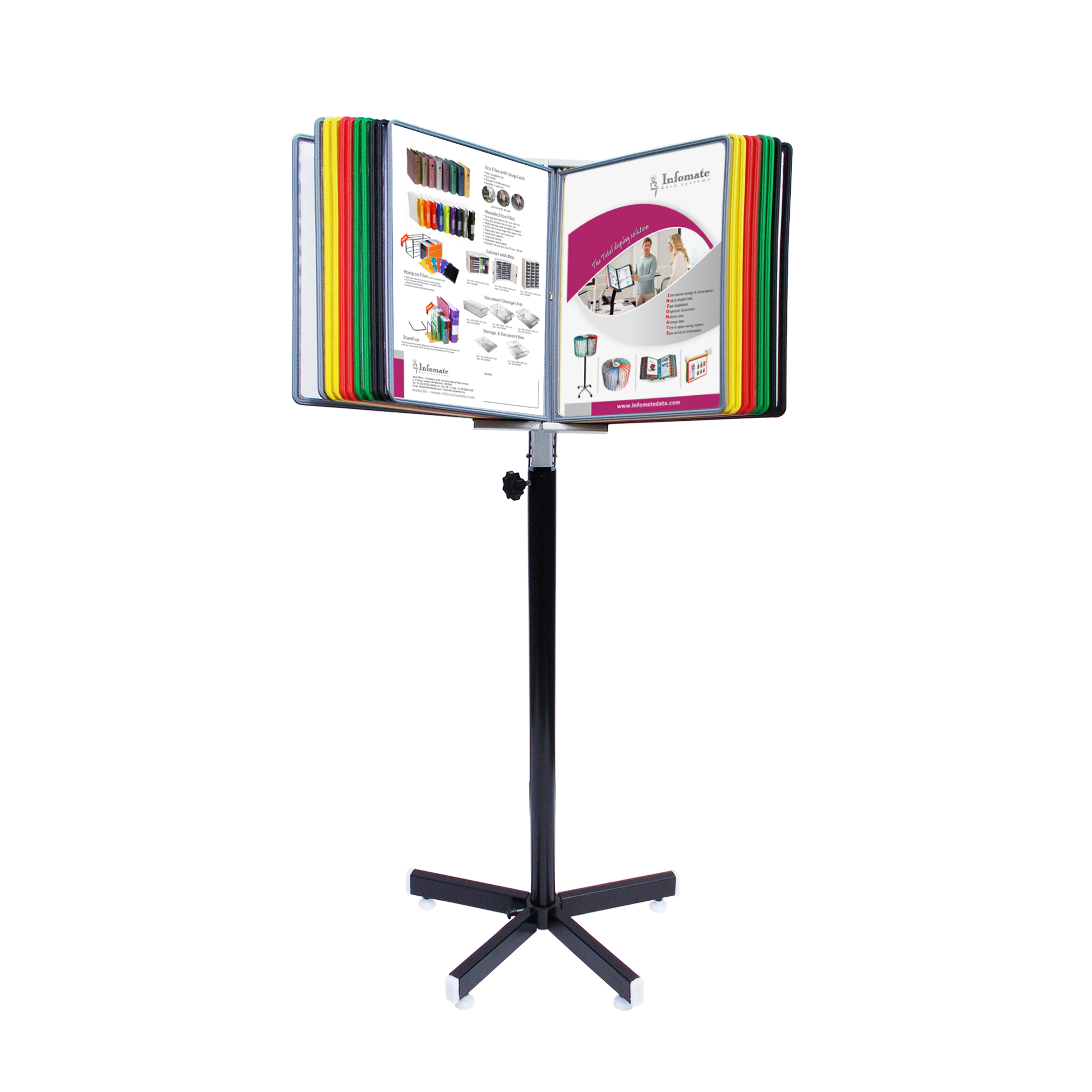
Total Display Solution
Roto
Leaner Technology Pvt Ltd offers a wide range of total display solution.
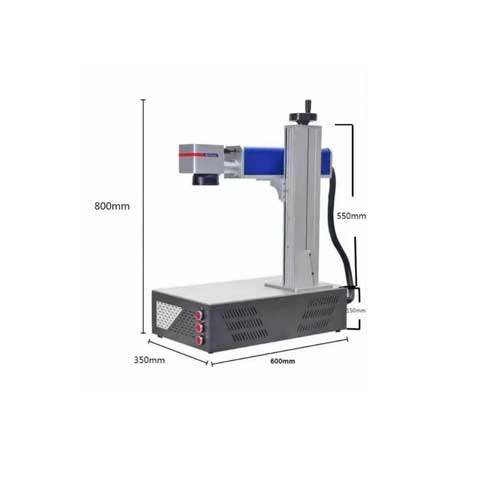
Uv, Fiber, Co2 Laser Processing Systems
C And C Laser Engineering Pvt. Ltd. provides flexible, cost effective and low maintenance CO2, IR – Fiber/Diode-pumped, GR & UV marking & other pro Read more





